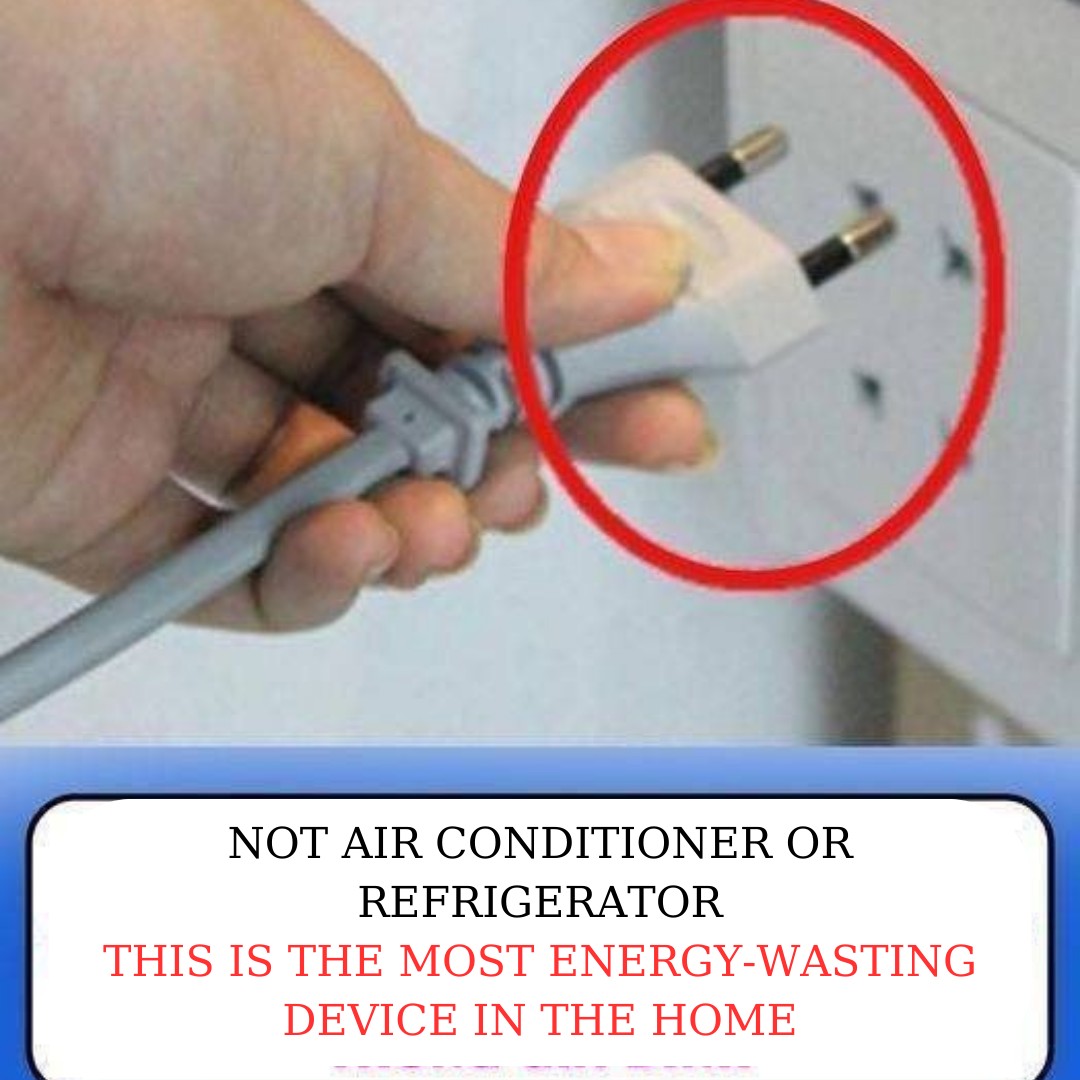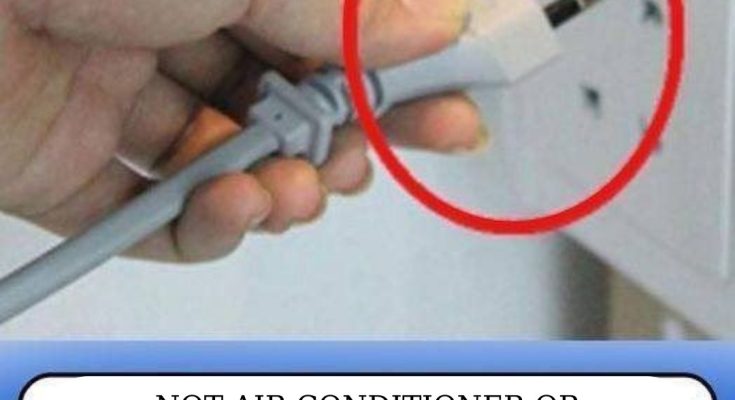When it comes to household energy consumption, most people assume that major appliances like air conditioners, refrigerators, or washing machines are the biggest culprits behind high electricity bills. However, there’s one sneaky device that often flies under the radar: your TV.
Yes, your television—especially when left plugged in 24/7—can consume a surprising amount of electricity, even when it’s turned off.
Let’s break down why keeping your TV plugged in can cost you more than you realize and how a simple habit change can save you money in the long run.

How Much Power Does a TV Actually Consume?
At first glance, a TV seems harmless when it comes to energy use. After all, it’s not as power-hungry as an air conditioner or refrigerator. But here’s the truth:
- A standard 32-inch TV consumes approximately 40 watts per hour when turned on.
- If left on continuously, that’s nearly 1 kilowatt-hour every day—a significant chunk of your monthly electricity bill.
But here’s the real kicker: even when the TV is off but still plugged in, it continues to consume electricity in standby mode.
The Problem with Standby Mode
When you turn off your TV using the remote, it doesn’t actually power down completely. Instead, it enters a standby mode, where it’s still drawing small amounts of electricity to remain ready for your next remote command.
While this “phantom load” may seem insignificant, over time, it adds up. If your TV remains plugged in all day, every day, you’re essentially paying for energy you’re not even actively using.
Why does this happen?
- The TV stays partially powered to receive signals from the remote control.
- Some smart TVs also use energy to stay connected to Wi-Fi networks or perform background updates.
Over weeks and months, this continuous low-level energy consumption becomes a notable expense on your electricity bill.
Why Unplugging Your TV Makes a Difference
Here’s why making the small effort to unplug your TV after each use can have a noticeable impact:
- Energy Savings: Completely cutting off power prevents standby energy consumption.
- Lower Electricity Bills: Over time, the savings from reducing phantom power usage can add up significantly.
- Environmental Impact: Less energy usage means a smaller carbon footprint.
- Extended TV Lifespan: Unplugging your TV can help prevent damage from unexpected power surges.
How to Save Energy with Your TV
You don’t have to sacrifice convenience to reduce your TV’s energy consumption. Here are some simple steps you can take:
- Unplug After Use: The easiest and most effective way to stop phantom energy consumption.
- Use a Smart Power Strip: These strips can detect when your TV is in standby mode and cut off power automatically.
- Adjust Energy Settings: Many modern TVs have energy-saving modes—enable them to reduce power usage.
- Turn Off Completely: Instead of just using the remote, manually turn off your TV using the power button if possible.
The Cost of Convenience
Keeping your TV plugged in all the time might seem convenient—after all, it’s just one button press away from being turned on. However, that convenience comes with a hidden cost.
On average, standby power can account for 5-10% of your household energy bill. TVs, gaming consoles, and other electronics left plugged in contribute heavily to this unnecessary expense.
By making a small change, like unplugging your TV after each use or using a smart power strip, you’re not only saving money but also contributing to a more energy-efficient home.
Final Thoughts: Small Habit, Big Impact
While a TV may not seem like a power-hungry appliance, its continuous standby energy consumption can make a noticeable dent in your electricity bill over time.
The solution is simple: unplug your TV when it’s not in use.
This small habit can save energy, lower costs, and reduce your environmental impact—all while helping your TV last longer.
So, the next time you’re done binge-watching your favorite show, don’t just turn off the screen. Take the extra second to unplug the TV. Your wallet—and the planet—will thank you.
If you found these tips helpful, share them with friends and family so they can start saving energy too! 📺⚡️


